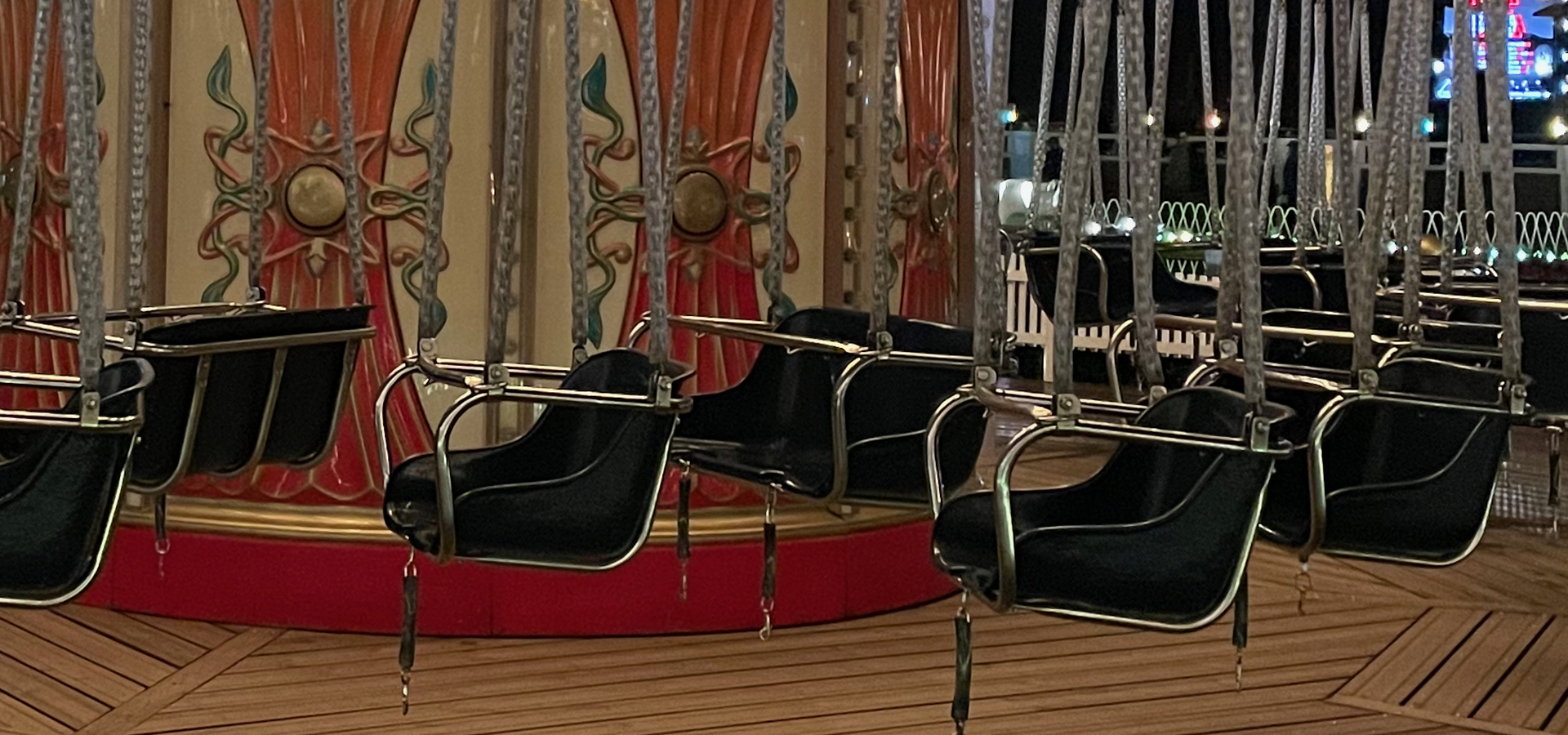THE FIVE ELEMENTS
The ancient Chinese believed that the universe was composed of the five elements; fire, earth, metal, water and wood. All phenomena in nature can be classified under these elements. Each of the five elements mutually influence each other by either supporting, draining or destroying.
It is actually a bit misleading to use the name the five elements since the Chinese word is Wu Hsing (Wu-hsing, Wuxing, Wu Xing), where the word Wu means energies and Hsing means movement , which is why it would be more correct to use the designation the five moving energies.
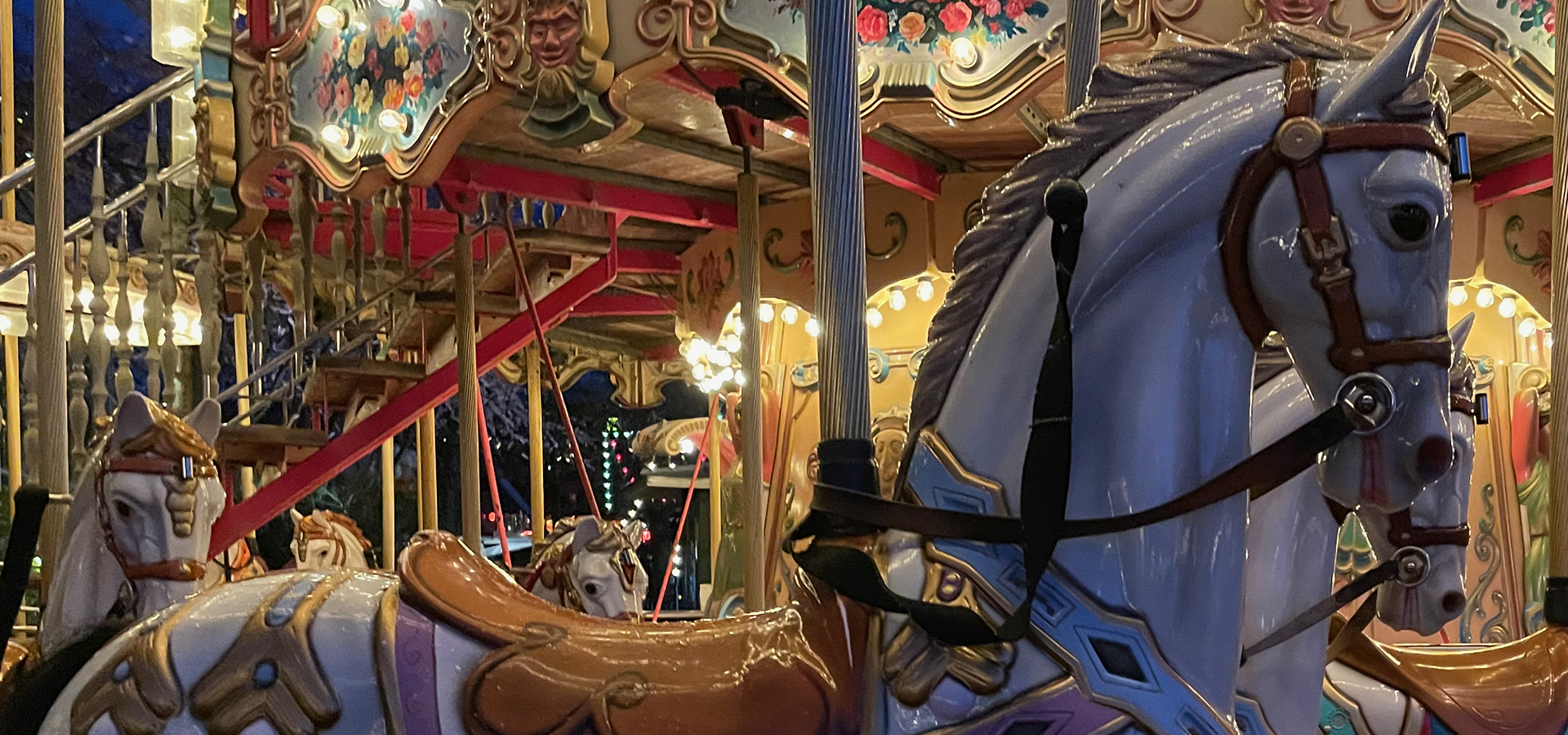
Cycle Supporting
The supportive productive cycle is creative. Wood produces fire by feeding the flames. Fire produces soil by adding nutrients to the soil in the form of ash. Soil produces metal as the ore is dug out of the ground. And it is obvious that water nourishes wood. One explanation for how Metal can produce Water is that Metal is found in veins in the ground and it was from these that Water, according to Chinese thought, originally appeared.
| Tree | 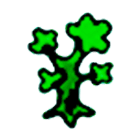 |
Supports |  |
| Fire |  |
Supports | 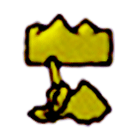 |
| Earth |  |
Supports | 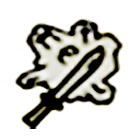 |
| Metal |  |
Supports |  |
| Water |  |
Supports |  |

Cycle draining
In the draining cycle, the elements influence each other in such a way that the child element drains its mother element. Water produces Wood, for example, since a tree needs water to grow. So Water is the parent element of Wood, which in this context is the child element.
But if we look at the relationship, the other way around, we can easily see that the child drains the parent, as a tree absorbs the water with its roots. It is recommended to use the draining cycle rather than the destructive cycle. The draining cycle is considered more natural to use than the destructive cycle.
 |
Drains |  |
 |
Drains |  |
 |
Drains |  |
 |
Drains |  |
 |
Drains |  |
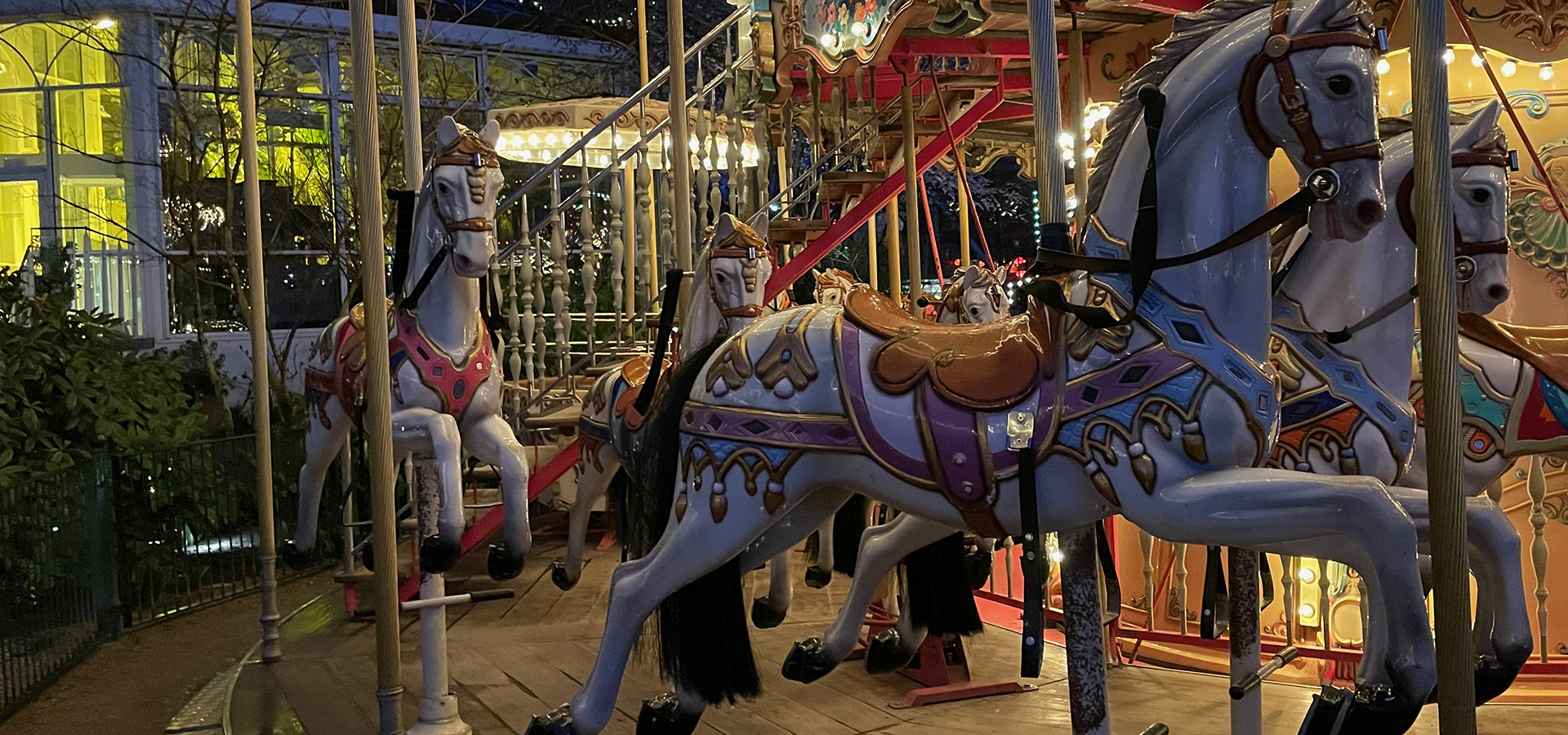
Cycle destructive
In the destructive cycle, water destroys fire, as fire is extinguished by water, fire melts metal and metal destroys wood, as the ax cuts down the tree, wood destroys soil, as the tree sucks all the nutrients out of the soil Finally, soil can overcome water by damming up that.
A less destructive cycle exists where the elements only drain each other, but do not destroy each other: wood drains water, as the wood absorbs the water – fire drains the wood, as the fire burns the wood – earth drains the fire, as if you throw earth on the fire, it dies slowly.
 |
Destroys |  |
 |
Destroys |  |
 |
Destroys |  |
 |
Destroys |  |
 |
Destroys |  |

The five elements
Always part of the solution!
The elements mutually influence each other by being either supportive, draining or downright destructive. Because Chinese astrology is always about balance – yin and yang – one must balance the elements among themselves.
The five elements are used in virtually all concepts whose origin is in Eastern thinking; feng shui, acupuncture, Chinese astrology etc. It is important to be aware that the five elements are not so much five purely physical and concrete elements, but that they are more about moving energies. The five elements are thus much more than purely physical things, they are also taste, color, state of mind, etc.
First of all, the five elements are a tool for considering how the fundamental forces in the universe mutually influence each other and mutually either support, drain or destroy each other. It is thus a tool for considerations about how to create balance, harmony, Yin-Yang.
Early critics of the systems argued that you cannot put out a forest fire with a cup of water or dam a river with a handful of earth. In response to this, more sophisticated systems were developed that also take into account factors such as volumes and speeds. The combination between the elements causes either good or bad Chi energy.
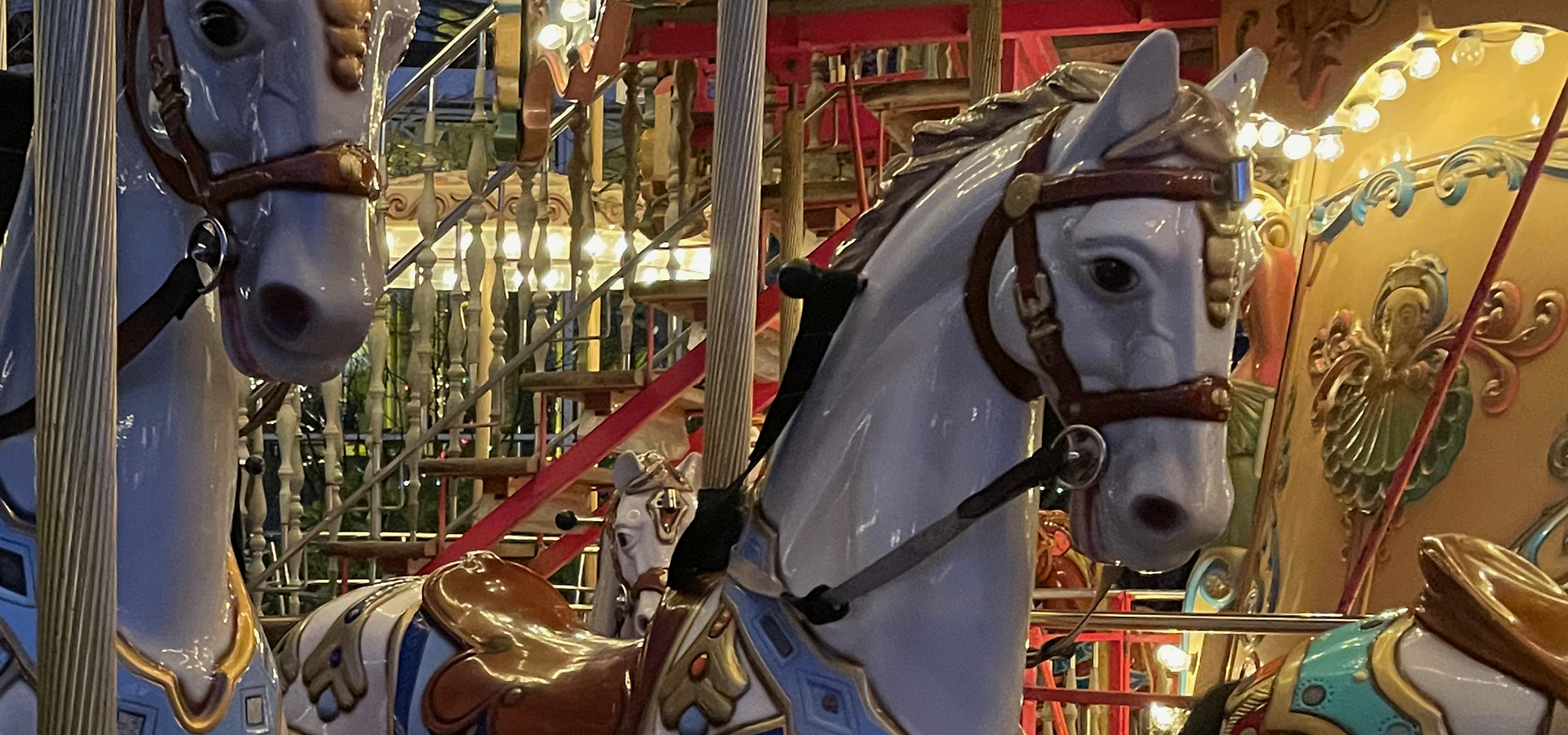
The Five Elements
and feng shui
You can replace and supplement the elements with materials, shape and color and there will thus be many possible solutions to a problem. If, for example, the kitchen (fire element) is located in the middle of the home (earth element), disharmony will occur because this constellation will create too much heat.
One solution could be to move the kitchen to another room, but a solution based on the five elements can also be chosen. Since Wood nourishes Fire, and water controls Fire, one could try to reduce the Wood Ch’i by avoiding wood on the kitchen table and by increasing the Water Ch’i by putting glass doors in kitchen cabinets.

The Five Elements
and alternative treatment
Numerous characteristics, properties and vibrations are associated with each of the five elements: compass direction, color, smell, taste, etc. The body’s internal organs and the 12 main meridians are also classified according to the five elements. In addition, each and every acupuncture point is classified according to the Five Elements.
Furthermore, you can replace and supplement the elements with materials, shape, color etc. and there will thus be many possible solutions to a problem. You can actually subsidize the individual elements with something purely psychological. Think, for example, of the flames of fire, which can be yellow, red and blue. If a person associates fire with one of these colors, that color can replace the Fire element for that person.

The Five Elements
and Chinese animal signs
As you are linked to the five elements through the four favorable and the four unfavorable compass directions, your Chinese zodiac sign and your Kua number, etc. the possibilities of involving the five elements in different reasonings are always present.
The five moving energies are good to know, as they form an important part of the reasoning in Chinese astrology, feng shui, alternative treatment – indeed virtually all forms of spirituality that originate in the East.
The very central thing in all wisdom originating from the East is to relate everything to each other. Why it is important for an Easterner to know his lucky element and his Chinese zodiac sign. These are natural landmarks in a world where you define yourself based on the relationships you enter into – more than you define yourself as a detached individual.
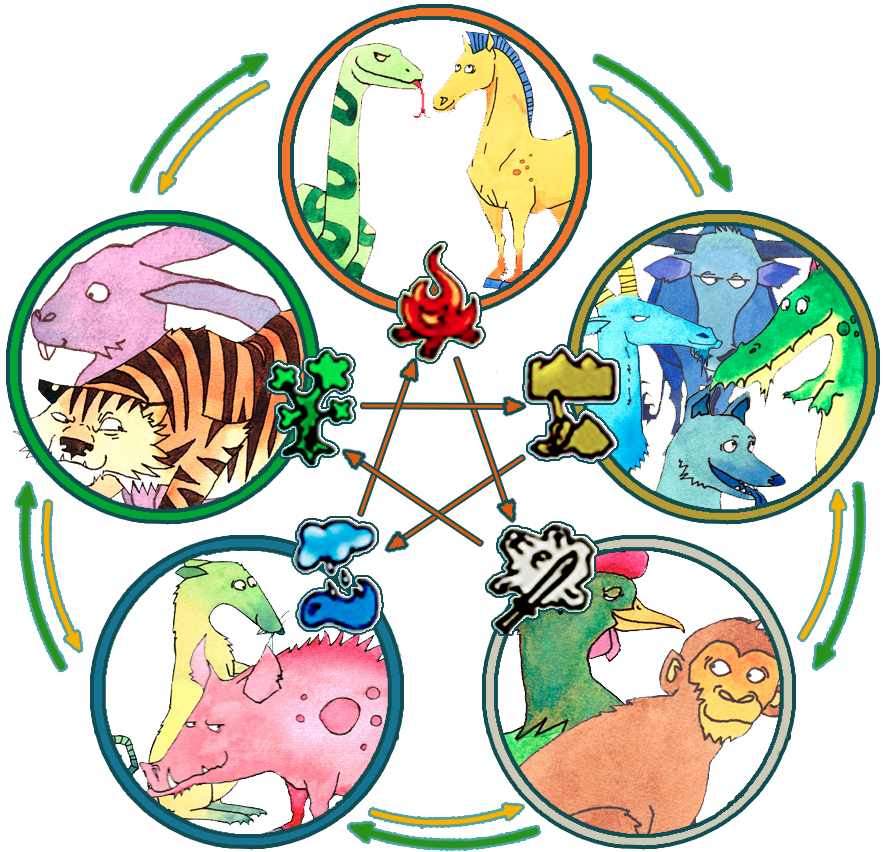
In everyday life in the East, everything is subject to the goal of creating optimal harmony between yin and yang. Which, by the way, is not the goal in itself. The state where there is balance and harmony between yin & yang is not the end in itself, but the position that will potentially bring about the greatest progress, happiness, prosperity and luck, for the individual, the group, the village, the community, the nation and the world as a whole.
Since this optimal state of harmony is assumed to be of a fleeting nature, it can hardly be predicted, let alone consciously and purposefully achieved and maintained. And thereby the mindset of constantly seeking towards the optimal state of harmony becomes a way of living, more than it becomes something to deal with separately.
 Destroys Water |
 Drains Fire |
 Supports Metal |
 |
 Earth |
 |
